The Japanese are infamous for their ability to take things to bizarre extremes. From festivals that look more like riots to pimped out long haul semi-trucks, their capacity for strangeness seems to know no bounds.
Reasons for this are hard to pin down, but they might in part be attributed to another well worn stereotype–that of the hard working Japanese salaryman, the samurai of the corporate world, who will work relentlessly to further the goals of his company. Perhaps the bizarre extremes of the Japanese culture can be attributed to its strict work culture and its highly regimented and polite society. But then even the salaryman stereotype has gone to extremes–deadly extremes.
Since 1969, when a 29 year old worker in the shipping department of what was then the largest newspaper in Japan dropped dead with a stroke, a phenomenon of sudden death has swept through Japan’s working world. Dubbed karoshi–literally “death from overwork”–it has been blamed for an estimated 10,000 deaths a year, a number that has been climbing in recent years as Japanese companies cut back on staffing and put an even heavier workload on those workers who remain.
Karoshi enters the public consciousness
Karoshi was only recognized as an issue after several years. The original case in 1969 (there were likely more before it but this was the first recognized) was dubbed “occupational sudden death.” Five years passed before the Workers Compensation Bureau and the Ministry of Labor recognized that increased workload, overwork, and ill health conspired to produce a stroke in a 29 year old man. Only then was his family paid compensation.
In the wake of his death and throughout the 1970’s, families and colleagues of karoshi victims pushed for more research into what was happening. About 100 deaths were compensated during that time, although it is hard to say how many actually died from overwork. Most of the dead were shift workers, drivers, salesman, and construction workers. So far, the epidemic had not reached the upper reaches of the Japanese corporate world.
By the time it did reach the executive class, the phenomenon of death by overwork was finally named. The term “karoshi” was coined in 1982 when three physicians published a book titled “Karoshi.” Their research strategy involved studying individual cases of workers stricken by suspected overwork, to prove that it was indeed the workload itself that caused their deaths. Their method revealed that karoshi deaths were linked with long hours, shift work, and irregular work schedules. The average work week for karoshi victims in their study was 60 hours a week. As we will see, this is the lower end of the spectrum for victims.
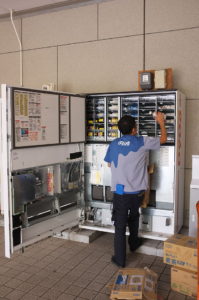
After the book was published, various agencies and groups began to take steps to combat karoshi. The concept came to the attention of Western countries when “Karoshi–When the Corporate Warrior Dies.” was published in English.
Today, Karoshi is a well recognized fact of working life in Japan. Workers and their families alike fear the specter of work death. But even with the heightened consciousness of karoshi today, some ambiguity remains. Death by karoshi usually comes in the form of a stroke or a heart attack, so it can be difficult to prove that the death was a result of overwork rather than an underlying health condition or simply natural causes. In fact, many cases of karoshi result from workers who simply didn’t have time to see a doctor to receive treatment for chronic ailments like asthma or heart disease.
To confuse matters further, the Ministry of Labor states that a death can only be considered to be resulting from overwork if the worker engaged in work continuously for 24 hours before death, or worked seven 16 hour days consecutively before dying. One day off in the week prior to death disqualifies a claim of death by overwork (It should be noted though that regulations might have changed since the study this information was sourced from was written in 1997.) Due to these difficulties in determining who actually died from overwork, it is possible that such deaths are under reported, as statistics are taken from cases where the government pays compensation to survivors.
The confusion around karoshi comes from the fact that it is not a conventional disease. It does not spread by the transmission of viral or bacterial particles. Indeed, it is not even an unconventional illness like mass hysteria. Instead, karoshi is a social disorder, rooted in how companies are structured and how Japanese workers are conditioned to approach work. To unravel this tangled web of causes, we must begin by looking at Japanese history. Specifically, Japan’s astonishing rise from a defeated nation to an economic powerhouse.
The Japanese Economic Miracle
After World War II, Japan lay in ruins. Two of her cities were irradiated wastelands, and many more were leveled by wholesale American bombing. Worse than the toll to the landscape was the price the war had exacted on the Japanese people themselves. They were a shell-shocked, weary, and broken people trying to reconcile a view of themselves indoctrinated by decades of militaristic rhetoric with the reality of their position as a people laid low.
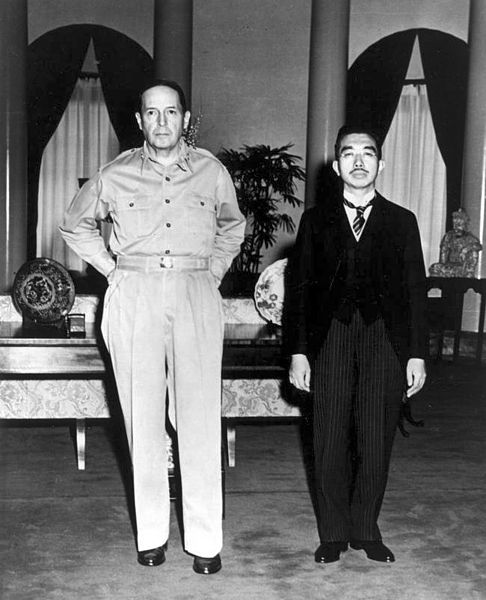
For its part, the victorious America had to try and figure out how to rebuild a shattered nation and people. While this may seem an odd thing to do, especially given the extreme animosity between the two sides during the war, this served America’s global interests. The Cold War was already in its infancy. The Soviets had invaded Manchuria, formerly held by the Japanese Empire, and held onto the vast lands of Eastern Europe it had conquered during the cataclysmic battle with Nazi Germany. It was obvious to the Americans that their former ally was hungry for land. A weak Japan would prove a fertile ground for Communist influence to take root, especially since it was situated so close to the Soviet Union and Communist China. So, it was imperative that the Americans restored Japan to economic stability in order both to prevent the spread of Communism and to give itself a powerful ally in the region.

What resulted from this state of affairs was the import of many American ideas into Japanese society. Of particular interest when it comes to the matter of karoshi were the teachings of William Edward Deming and others who brought scientific management to Japan.
Scientific management, in a nutshell, seeks to bring the rigorous scientific method into the workplace. This involved finding the most efficient way to do work. Focusing mainly on manufacturing, scientific management sought to squeeze out as much productivity and to eliminate as much waste out of the manufacturing process as possible. These techniques worked well in Japan, which had an abundance of cheap labor drawn from desperate people looking for work.
From these roots grew what is today known as the Japanese Production Management system (JPM.) The heart of the system is the concept of kaizen, which used in this context means “continuous improvement.” As applied in a work environment–again, mostly manufacturing but it has since spread to other areas of the economy–kaizen has a two-fold approach. As with scientific management in general, kaizen seeks to increase productivity and reduce waste. This means that businesses should constantly find ways to do work faster and better, while using the minimum amount of waste as possible. Kaizen, as practiced in Japan, believes any downtime is waste, whether it be a few seconds where a worker is idle, break time, or even time off from work. Waste might also refer to costs, encouraging companies to engage in cost-cutting measures such as cutting workers or reducing pay and benefits for existing employees.

“PDCA-Cycle-Kaizen” by Tagimaguitar – {eigene Darstellung (in Anlehnung an die Arbeiten von Strohm und Ulich, 1997)}. Licensed under CC BY-SA 3.0 via Wikimedia Commons
These cost-cutting measures have become a key part of how kaizen is practiced. The insidious part is that the system encourages employees to accept such measures, even if it is to their own detriment. This is because the concept of continuous improvement is not a top down affair; rather, employees through all parts of the business are encouraged to participate. There are several methods by which employees may participate, from suggestion programs to dividing workers into small teams geared toward solving a particular problem. This encourages competition among workers, causing them to see one another not as coworkers but as competitors and even customers.
What results from the JPM system is a culture where long hours and insane work loads are the norm. Workers are expected to be continually busy, constantly working without break or downtime. Not only that, they are expected to constantly find ways to improve. In order to fulfill these impossible demands, workers are often asked to work overtime, much of it unpaid. It is not uncommon to read accounts of karoshi victims who regularly put in 16 hour days, day after day, for months at a time. Add to this the pressures of a post recession world where companies shed employees to cut costs, then expect those who remain behind to continually increase output, and it makes a recipe for illness and death.
Therein lay another way that JPM and kaizen contribute to karoshi. It is not only the long hours, but the emotional toll of the constant pressure to improve that leads to death even during the Lost Decade of the 1990s, when the Japanese economy stagnated, and the post recession years after 2008, Japanese workers were expected to continually increase output, sales, and profits. However, it is obvious that in a market where people have little money to buy, sales are going to stagnate or decline. Met with the reality of the economy versus the pressures imposed by employers, many employees suffered from frustration, anxiety, and depression, all of which can contribute to cardiovascular disease, the main causes of death from karoshi.
Moving toward a solution
Since karoshi has been identified as a legitimate issue, movements have been made by companies and the government both to combat the issue. For its part, the government is more willing now to pay compensation for cases of karoshi. Companies are encouraging workers to take time off, offering work-free days to care for children and elderly relatives along with “no overtime days” where workers are encouraged to leave on time.
However, despite these and other official moves, karoshi deaths have continued to increase as economic pressures mount. Lay offs and job insecurity make many workers unwilling to leave early, fearing they will be seen as slackers and put themselves next on the chopping block. Meanwhile, more and more work is being piled on the workers who remain. Companies have little economic incentive to change. After all, the hours and hours of overtime the Japanese work both cut costs and increase profits. If one worker dies, well, there are plenty more willing to take their place.
Attitudes among workers have been slow to change as well. Surveys of workers are quite telling. Of men surveyed, 90% had no concept of a work/life balance. Four out of five would cancel a date or other plans if a boss asked them to work overtime (which, remember, is often unpaid.) Despite the fact that the risks of overwork are well known, 2 out of 3 men surveyed by the Japanese Trade Union Confederation put in 20 hours of overtime monthly, while 1 out of 25 admitted to working 80 hours of overtime a month, putting them at a very high risk of dying on the job.
Not everything is doom and gloom. Despite the entrenched ideas, some workers are beginning to rebel against the system that is killing them. Salarymen have begun to turn to the courts to fight for their rights. Companies such as McDonalds have been forced to pay back overtime to employees, and to offer overtime compensation for management positions as well as hourly. Workers are fighting for a more American style workplace where there is more flexibility in hours and unpaid overtime is not an unwritten rule.
But change is slow, and workers are only taking their companies to court reluctantly. Used to putting the corporation before themselves, acting in their own self interest is foreign to many Japanese. This is less of an issue among the younger generation, who have bucked the system by simply not participating in it. With the guaranteed lifetime employment of their fathers and grandfathers becoming less and less of an economic reality, many young people are turning to part time and contract work through employment agencies. While these jobs pay less and offer less benefits, they offer more flexibility in hours and thus more free time, appealing to a generation who saw their parents work endless hours with little or no time for family and friends. Put short, many in the younger generations want to work to live rather than live to work.
Again, change is slow. The Japanese economy is still troubled, if improving, which only reinforces the old practices that propelled Japan into prosperity for so many years. Perhaps the growing movement among salarymen towards a more sane work schedule will help to change cultural norms. That, or the influence of a younger generation who is more concerned with quality of life rather than income and status. Or perhaps some combination of the two will eventually move the corrosive attitudes of the JPM toward a system that embraces more healthy and sustainable methods. Until that happens, many Japanese will continue to work themselves to death.
Sources:
“Death by Overwork in Japan: Jobs for Life.” Economist.com. December 19, 2007. The Economist. December 23, 2014. http://www.economist.com/node/10329261
Fackler, Martin. “Japanese Salarymen Fight Back.” NYTimes.com. June 11, 2008. The New York Times. December 25, 2014. http://www.nytimes.com/2008/06/11/business/worldbusiness/11iht-11suits.13624023.html?pagewanted=1&_r=2&
“Japan Working Itself Into an early Grave.” iol.co.za. May 17, 2007. ioL Scitech. December 23, 2014. http://www.iol.co.za/scitech/technology/japan-working-itself-to-an-early-grave-1.353390#.VJ70wP8i_A
Nishiyama, Katsuo and Johnson, Jeffery V. “Karoshi–Death from Overwork: Occupational Health Consequences of the Japanese Production Managment.” Workhealth.org. February 4, 1997. Job Stress Network. December 23, 2014. http://www.workhealth.org/whatsnew/lpkarosh.html
“Recession puts More Pressure on Japanese Workers.” Businessweek.com. January 5, 2009. Bloomberg Businessweek. December 25, 2014. http://www.businessweek.com/globalbiz/content/jan2009/gb2009015_807968.htm

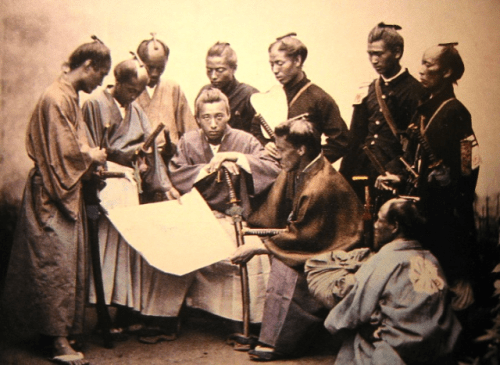
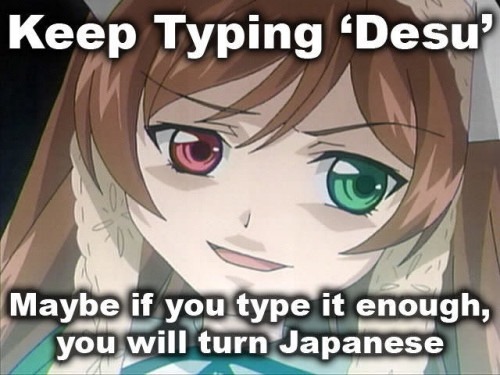
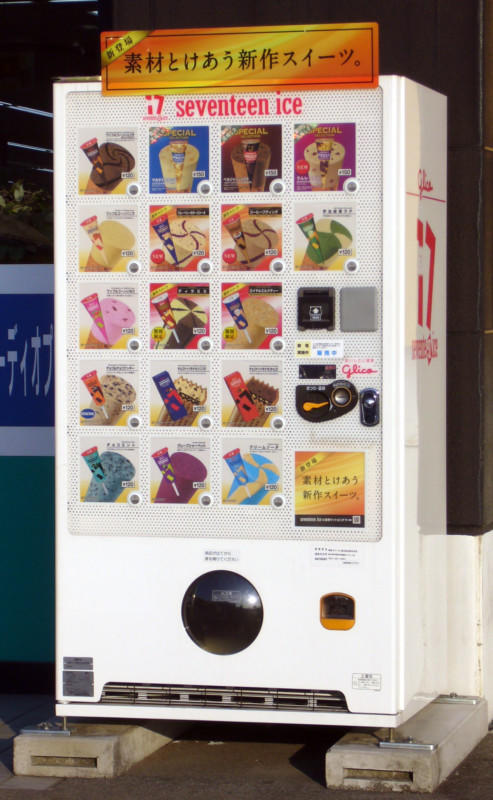
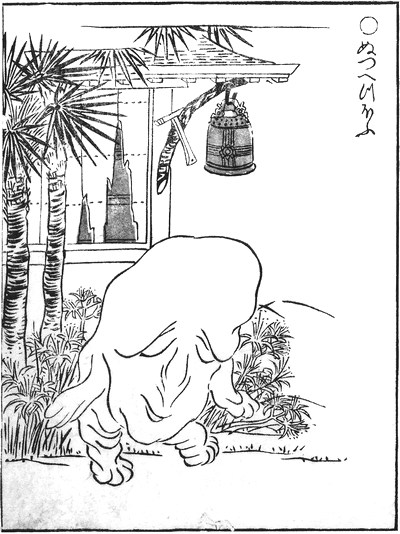

thank you for reply my question, i really appreciate it, normally when karoshi happen employer try their best to hide the issues form public, and for another worker who work in the company did not take that as a serious issue, because when they try to fight with labor union, the effect will turn to badly. because it’ s possible for them to lost their jobs. they really believe with shoshinkoyo system, is it this system still apply in the japanese company now days..?
Shushin koyo,or lifetime employment, is falling out of favor. Only 8.8% of Japanese companies still practice it as of 2014 (according to Japan Times). Challenging the labor union and other employees contributes to karoshi. A company may value people who give free work, and provide promotions for such workers. And, as you said, challenging the company’s culture can lead to being fired. If you want to read more about lifetime employment, check out the Japan Times article.
Your articles are very well-written and intriguing. Thank you for explaining so much about this fascinating culture. I love this site.
Thank you! We try to bring you researched information and different perspectives about Japanese culture and popular media. If you have any question or anything you wondered about Japan please ask! We will do what we can to find the information to answer your question. We do not shy away from topics as you can tell from our Panty Fan Service article and other articles on touchy subjects.
Do you think workers’ unions could ever develop In Japan? Or are they just not possible in Japan’s rigid social/economic system?
Good question, Ryan. Actually labor unions have been present in Japan since reconstruction after World War II. MacArthur and the American authorities made certain that they formed, trying to introduce American style work culture into Japan. However, they are largely toothless, especially when it comes to the phenomena of Karoshi. Long hours are a norm, so even labor unions take it in stride that people all but live at work. In addition, many companies will take a page from Wal-Mart’s playbook and create ostensibly management level positions for low level employees, so that they are exempt from receiving pay for overtime hours worked and are also not able to be part of a union. Perhaps with the workers in Japan starting to turn against the trend labor unions will be able to gain more clout and fight for better conditions.
how about the law in some article MHLW, they created the law but karoshi still happen, they cannot even fight for injustice issues of karoshi victim.
It is a cultural issue that laws can do little to change. Karoshi has deep roots in male gender roles and expectations.Those need to change first for karoshi to disappear.